Types of USB Connectors
You can tell USB cables apart by the connector on either end. Here are the most common types.
USB-A
This is the standard connector, found on one end of almost every USB cable. It's a rectangular connector that only fits in one way.
You'll find several USB-A ports on virtually every desktop computer and laptop. Many TVs, game systems, cars, media players, and other devices have one or more, too.
USB-B
This is an older connector that's not used nearly as often nowadays. It's almost square at one end, and usually plugs into a printer or similar device. Other than these uses, it's been largely overtaken by the newer standards below.
Mini-USB
As the name suggests, this is a smaller connection type that's good for mobile devices. It's been largely superseded by micro-USB, but you'll still find it on some cameras, MP3 players, and other such devices.
Micro-USB
This is a tiny connector that's popular on all kinds of portable devices. Everything from Android phones to external battery packs to Bluetooth headphones uses a micro-USB port. However, some smartphones have moved onto the newer USB-C port.
USB-C
Image Credit: Maurizio Pesce/Flickr
This is the newest USB standard. Unlike older cables, which usually have USB-A on one end and another type on the other, USB-C can connect two devices that both have USB-C ports. Also different from the above types, it's reversible.
USB-C is slowly being adopted by device manufacturers. Many newer Android phones, like the Samsung Galaxy S9 and Google Pixel devices, use USB-C. Apple's newest MacBook and MacBook Pro models only feature USB-C ports, as well.
If you know about USB-C, you may have also heard about the Thunderbolt hardware interface. This is a standard that allows a USB-C port and cable to transfer data at speedy rates, connect to high-resolution displays, and perform other tasks.
Not every USB-C port supports Thunderbolt 3, though. For example, Apple's newest MacBook Pro models feature several Thunderbolt 3 USB-C ports. But the standard MacBook's single USB-C port lacks Thunderbolt 3 support.
Because of all this, USB-C is a bit confusing. The port can either be a basic USB port similar to the ones above, or it can be a multi-purpose jack. This depends on the device. For more details on USB C, check out the reasons Cable Matters gives for why USB-C docking stations are so useful.
Lightning Cable
Image Credit: randychiu/Wikimedia Commons
This isn't really a USB standard, but we include it for the sake of completion. Apple has used the proprietary Lightning cable in its mobile devices since late 2012. Like USB-C, it's reversible.
iPhone and iPad users plug a Lightning to USB-A cable into their devices to charge, connect to a PC, and more.
USB Speed Standards
Throughout its life, USB has updated its standards a few times. In addition to the types of connectors on each end, each USB cable and port has a standard of speed.
USB 1.x
USB 1.0 was released in 1996, but it wasn't until late 1998 that USB 1.1 arrived and kicked off the era of USB properly. This could only utilize USB-A and USB-B connectors, and is ancient by modern standards.
You're very unlikely to find any USB 1.x devices or cables around today.
USB 2.0
In 2000, USB got a makeover with its 2.0 update. This supports much faster speeds than version 1 could, and introduced support for several of the new ports mentioned above.
It's also notable for adding USB OTG (On-The-Go) support, which allows two USB devices to communicate directly. For example, with an adapter, you can connect a standard USB keyboard to an Android phone.
USB 2.0 is still used in cheaper flash drives, along with many mice, keyboards, and similar devices. If a cable or port doesn't have any USB 3 markings, as discussed below, it's likely USB 2.0.
USB 3.x
Image Credit: smial/Wikimedia Commons
USB 3.0 launched in 2008, with 3.1 and 3.2 iterations coming later. Its biggest upgrade is much faster transfer speeds than USB 2.0 can provide.
You'll recognize USB 3.x cables and ports by their blue coloring and/or lightning bolt logo. These devices are backwards-compatible, so you can plug a USB 3.x cable into a USB 2.0 port or vice-versa. However, doing so limits you to USB 2.0 speeds.


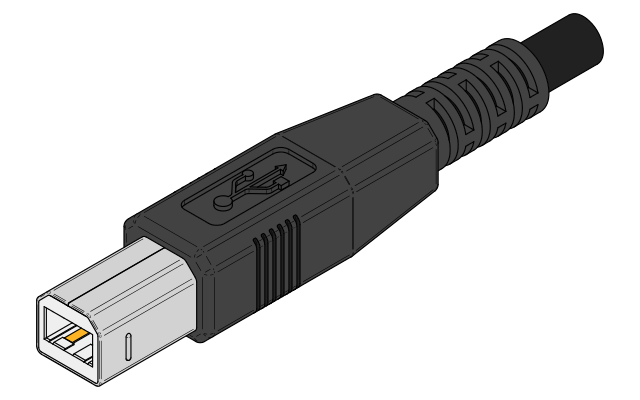
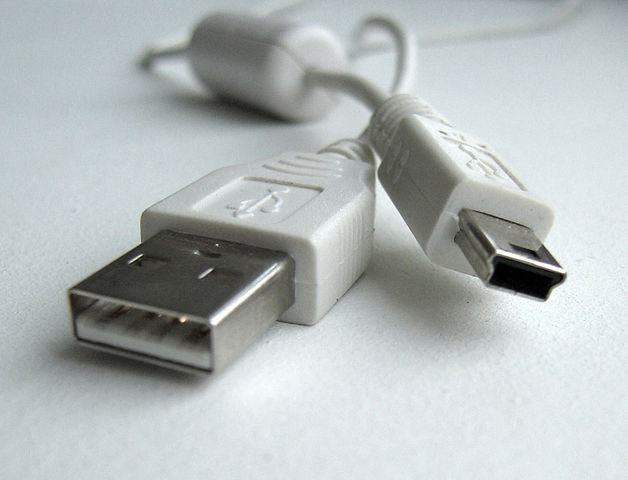
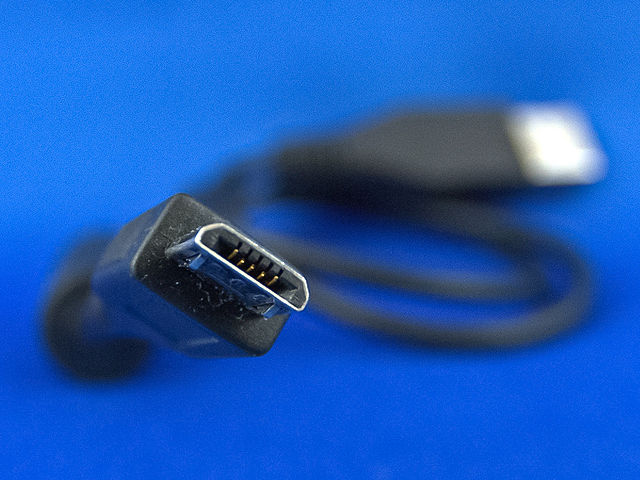
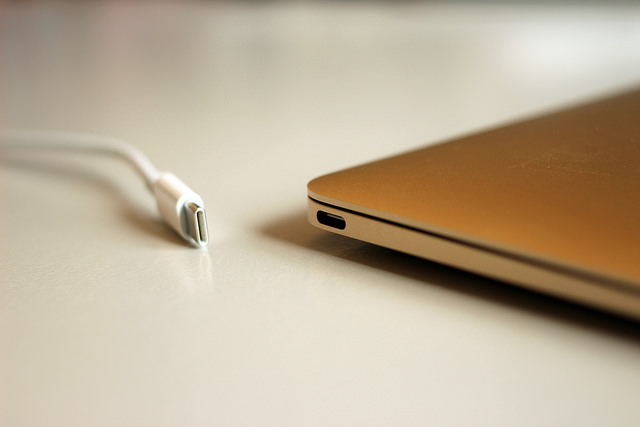
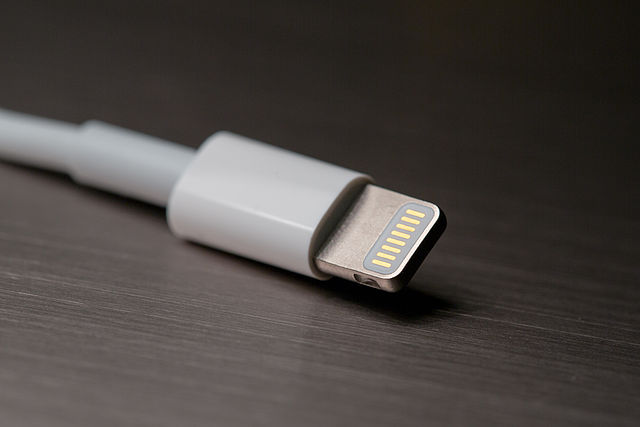
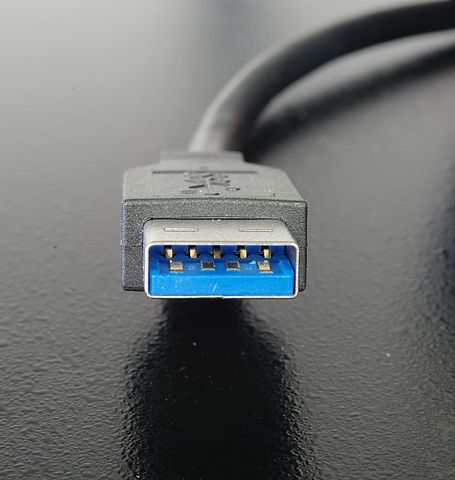








No comments:
Post a Comment
Please don't use any trash word in comment,its for asking questions and giving comment not for typing trash